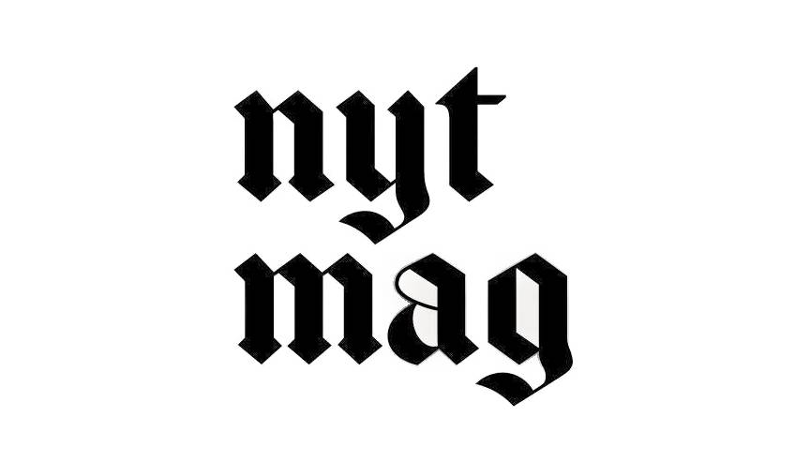Ben Waber, Humanyze President and co-founder, was quoted on the New York Times Magazine article titled “What If Working From Home Goes on … Forever?” by Clive Thompson.
Ben Waber, the president and co-founder of Humanyze, has spent his career tracking patterns among how employees communicate and how these correlate to companies’ health; Humanyze creates software that lets an organization map how communication flows internally. Waber suspects that in the long run, a company’s culture and creativity risk declining in a remote setup, because that alters the way an organization talks to itself. Specifically, the “weak ties” inside a company might fray.
“Strong ties” are people in your life you talk to frequently, even daily. “Weak ties” are the people with whom you rarely communicate, perhaps 15 minutes a week or less. When the pandemic hit, Waber analyzed the data from his clients’ companies and saw two things. One was that strong ties were becoming stronger. Ordinarily, 45 percent of the time someone spent communicating with colleagues — online or face to face — was with their five strongest ties. In the first weeks of lockdown, that figure exceeded 60 percent. That makes sense: “You’re stressed about work, and these are the people you know really well, so you’ll probably talk to them more,” Waber told me. That’s partly why productivity has stayed so high.
But the weak ties had deteriorated. Employees’ contact with more-distant colleagues had “fallen off a cliff,” dropping by 30 percent. Which again makes sense: If you only have so much time to communicate, you’re going to have to drop someone.
But Waber contends that it’s those weak ties that create new ideas. Corporations have historically seen some of the biggest new ideas emerge, he says, when two employees who usually didn’t talk suddenly, by chance, connected. That is less likely to happen when everyone is remote.
You might imagine that technology could connect people in those silos, enabling anyone talk to anyone. But in practice, it doesn’t. “There’s the idea that, like, Can’t you Slack with anybody in the company? Sure you can. But you don’t: You’re not just going to cold-message somebody. Whereas you would have occasionally bumped into those people if you were in an office,” like in the cafeteria, at an after-work event or while lining up for coffee in the morning.
Waber predicts that companies will continue to hit their marks and be productive while remaining partly — or heavily — remote. The real damage will sneak up a year or two later, as the quality of new ideas becomes less bold, less electrifying. He also suspects that the overall cohesion of employees, how well they know one another, might suffer. “I think we’re going to see just this general degradation of the health of organizations,” he says.

